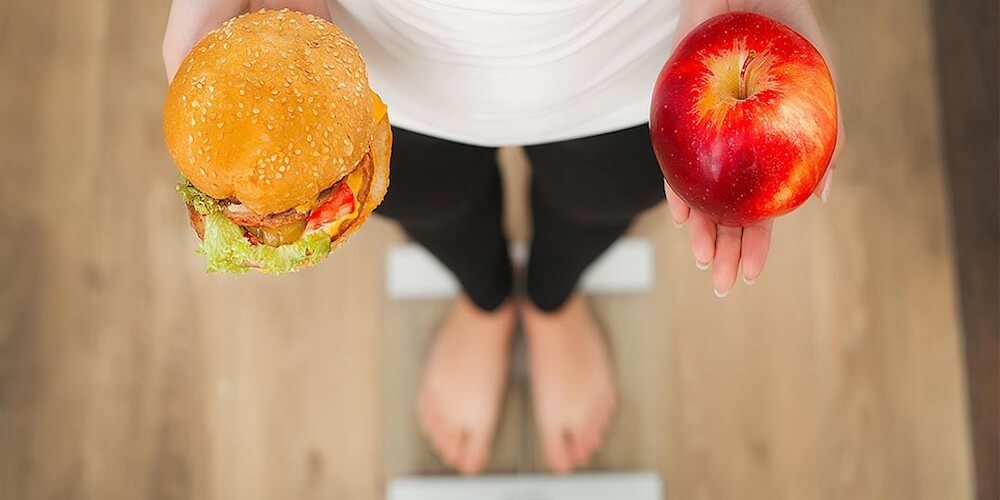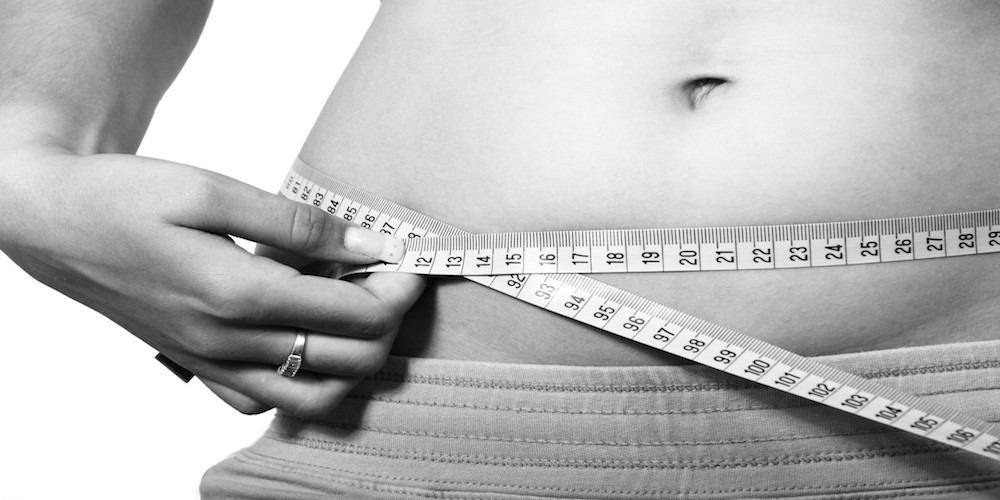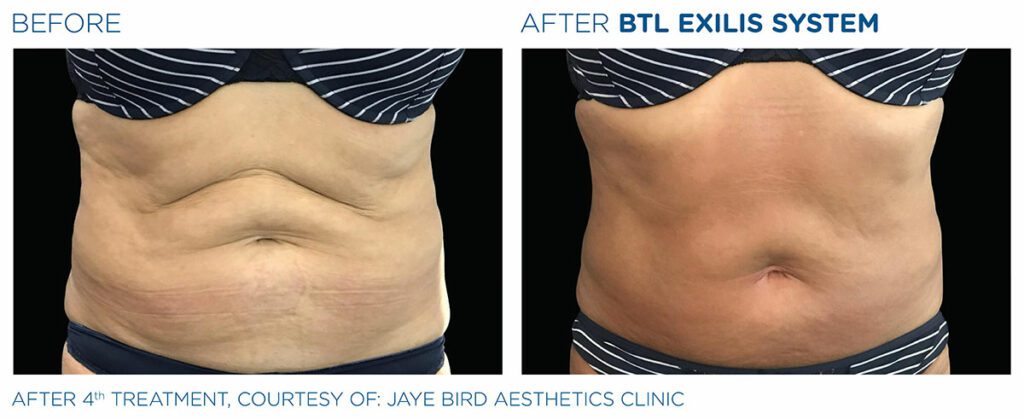Understanding Food

Estimated reading time 5 minutes
Understanding the sugar tax and making informed choices
When the sugar tax was introduced in the UK in 2014, it appeared on the surface that consumers would easily be able to make informed decisions for their diet.
Similar to the traffic light system on food packaging, the sugar tax has been intended to help people make healthier choices quickly, but it can lead to confusion. NHS stats for 2020 reveal that the majority of adults are overweight or obese, with a significant 67% of men and 60% of women being overweight. Alongside this dramatic statistic, 876,000 hospital admissions in the last year had obesity as a contributing factor. With shocking figures like this and the NHS under huge strain, it’s understandable why dramatic steps such as the sugar tax were introduced.
We take a look at some of the challenges surrounding the sugar tax, confusing food labels and branding, and how you can make the right choices.
Cost of Healthy Food
In a nutshell, the sugar tax was implemented to deter people from buying unhealthy food at a higher price. One of the areas that saw the most impact on this was fizzy drinks and sodas, with people now paying a slightly higher rate for a “full fat“ cola drink. It may be too soon to see if this has been enough to deter people, as similar to smoking, people know high amounts of sugar isn’t a healthy choice, but a small price increase won’t stop everyone from choosing a high sugar drink.
In addition to this, often for a lot of families surviving on a low income or living in poverty, fresh fruit and vegetables are still more expensive than tinned and pre-packaged foods that are often sold on offer when bought in bulk.
These types of products also tend to have longer shelf lives in kitchen cupboards, making it understandable why a busy family on a low income would steer towards convenience.
Mixed Marketing Messages
Restrictions have come into place around advertising junk food, with some companies now unable to advertise unhealthy foods on television before a certain time, and the London Transport Network even went as far to ban adverts for junk food completely in 2019. One of the steps many major supermarkets undertook was to remove unhealthy, sugar packed choices at till points.
Traditionally till points were seen as a spot to give into quick temptation and for customers to chuck an extra items in their bags, especially for parents shopping with young children to buy them a sweet treat reward at the end of their shop. A lot of supermarkets have swapped out the big name chocolate bars and packets of sweets at the till points for supposedly healthier choices.
At a glance, a flapjack, granola bar, flavoured rice crackers or protein bar may appear to be a smarter choice, but often they are packed with the same, if not more sugar, than a chocolate bar. It’s no wonder consumers get confused.

Making The Right Choices
We live in a busy world and we don’t all have the time to scrutinise the packaging on every food item when we are purchasing in the weekly food shop for the family, or grabbing a snack on the go. Here’s some of our top tips on understanding the myths around food packaging and marketing slogans.
• Sugar-Free: It may be free of natural sugars, but bear in mind it could still have added artificial sweeteners.
• Fat-Free: One of the downsides of fat-free foods, is to improve taste the fat would have provided, high quantities of sugar can be added.
• “Light” or “Lite”: There are rules around this labelling and for food to be described as “light / lite” it must contain at least 30% less in one of the food values (for examples calories) than the standard variety. As with fat-free, read the whole label carefully for other additives that may have been snuck in.
• Gluten-Free: The key reason to choose this option is if you have an allergy or intolerance to gluten. These choices can still have added lots of sugar and salts, so don’t assume a gluten-free item automatically means it is healthier.
• Vegan Friendly: Great for those looking to cut out or reduce their meat intake, but these products can still be packed out with unhealthy fats and sugars.
Our Top Tips
• Always read through the ingredients when you can, especially with items that can look healthier on the packet using wording such as sugar-free and fat-free on the labels.
• Don’t get distracted by fancy packaging or advertising, only buy items that will balance with your diet as a whole and you genuinely need.
• Where possible, choose fresh foods over processed, convenience foods.
• Balance is key; don’t beat yourself up for sometimes needing a quicker option with your meals or snacks. Try to aim for an 80/20 ratio of fresh, healthy food to processed, high sugar choices.


